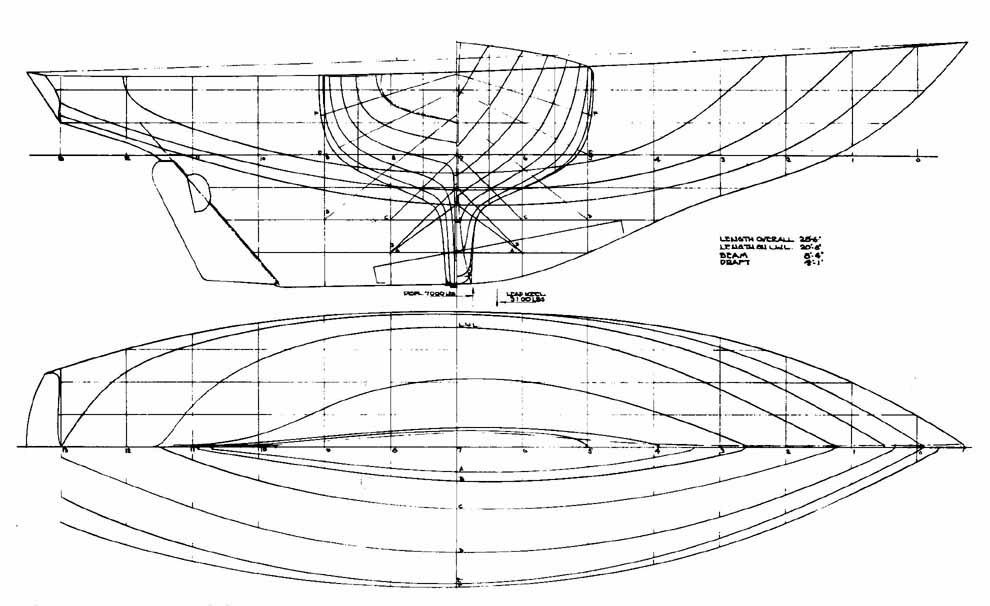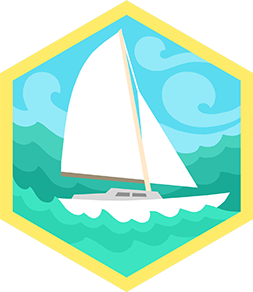Identify different types of sailboats
Sort and label pictures of common sailboats (sloop, cutter, ketch, yawl, schooner) to learn their distinguishing features and rigging differences.



Step-by-step guide to identify different types of sailboats
Learn About Sailboats for Children | Educational Video for Kids by Brain Candy TV
Step 1
Spread your materials out on a clear table so you can reach everything easily.
Step 2
Find or print or draw five pictures that show a sloop cutter ketch yawl and schooner.
Step 3
Cut out each picture so you have five separate images to sort.
Step 4
On five sticky notes write the names sloop cutter ketch yawl schooner one name per note.
Step 5
Pick up one picture and count how many masts (tall poles) the boat has.
Step 6
If the picture has only one mast count how many headsails (jibs) are in front of that mast.
Step 7
If the one-masted picture has one headsail stick the sticky note labeled sloop next to it.
Step 8
If the one-masted picture has two headsails stick the sticky note labeled cutter next to it.
Step 9
If the picture has two or more masts compare the height of the forward mast and the rear mast.
Step 10
If the forward mast is shorter than the rear mast stick the sticky note labeled schooner next to it.
Step 11
If the picture has exactly two masts and the rear mast is much smaller look where that small rear mast sits compared to the steering area or cockpit.
Step 12
If the smaller rear mast sits in front of the steering area stick the sticky note labeled ketch next to it.
Step 13
If the smaller rear mast sits behind the steering area stick the sticky note labeled yawl next to it.
Step 14
Glue each labeled picture onto your poster board and decorate around them with colouring materials if you like.
Step 15
Take a photo of your labeled sailboat chart and share your finished creation on DIY.org.
Final steps
You're almost there! Complete all the steps, bring your creation to life, post it, and conquer the challenge!


Help!?
What can we use if we don't have sticky notes or poster board?
Write the names on small paper squares or index cards and tape them next to each cut-out picture, and glue the labeled pictures onto cardboard or a cereal-box lid instead of poster board.
What if I can't tell how many headsails or where the cockpit/steering area is in a picture?
Zoom in or look for the bow (front) and stern (back) to count masts and headsails, and if the cockpit isn't visible compare the small rear mast's position to the stern line or pick a clearer image before following the 'ketch vs yawl' step.
How can I change the activity for younger or older children?
For younger kids use toy boats or only three printed pictures with the sticky-note labels pre-written for them to stick, while older kids can draw rigging, add one-line facts next to each glued picture, or research real examples to include.
How can we extend or personalize our labeled sailboat chart?
Make 3D sails from tissue and toothpicks and attach them to each labeled picture, color-code masts with markers, add small country flags or facts around the pictures, then take a photo of your decorated poster board to share on DIY.org.
Watch videos on how to identify different types of sailboats
10 Most Respected Small Sailboats for Beginners to Sail Around the World!
Facts about sailboat types and rigging
⚖️ Ketches have two masts and a smaller mizzen mast set forward of the rudder post to help balance the sail plan.
⛵ Sloops have one mast and are the most common modern sailboat rig—easy to handle and great for beginners.
🪢 Cutters often carry two or more headsails (like a jib and staysail), which helps them sail well in strong winds.
🧭 Yawls also have a mizzen mast, but it's set aft of the rudder post and is usually smaller than a ketch's.
🏴☠️ Schooners have two or more masts with the foremast typically shorter than the main and were prized for speed and cargo work.
How do I run a sailboat sorting and labeling activity for kids?
What materials do I need to identify different types of sailboats with my child?
What ages is this sailboat sorting activity suitable for?
What are the benefits of sorting and labeling sailboat types?


One subscription, many ways to play and learn.
Only $6.99 after trial. No credit card required



